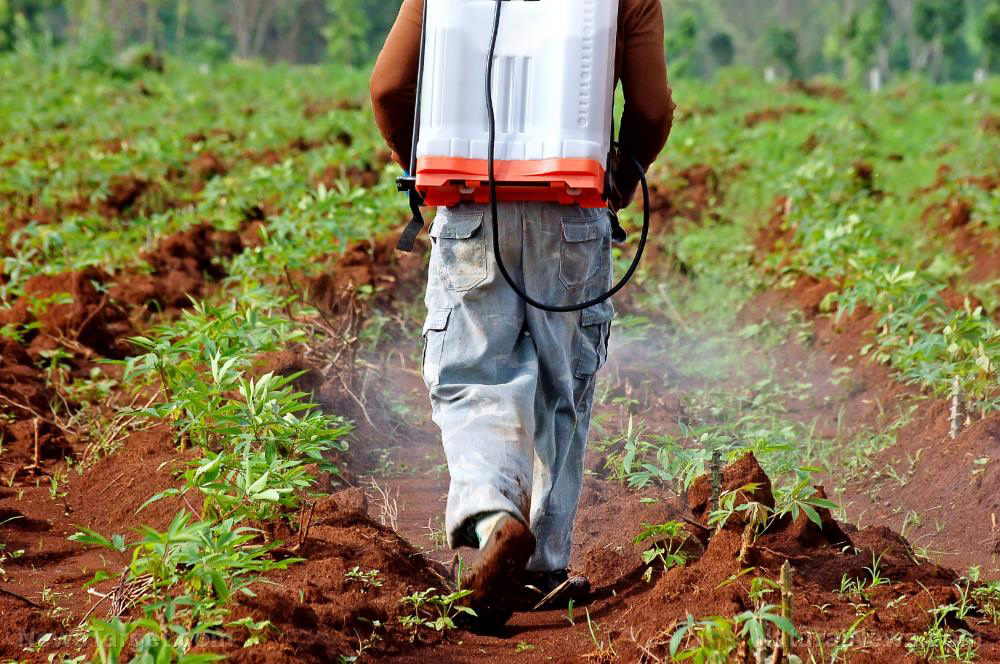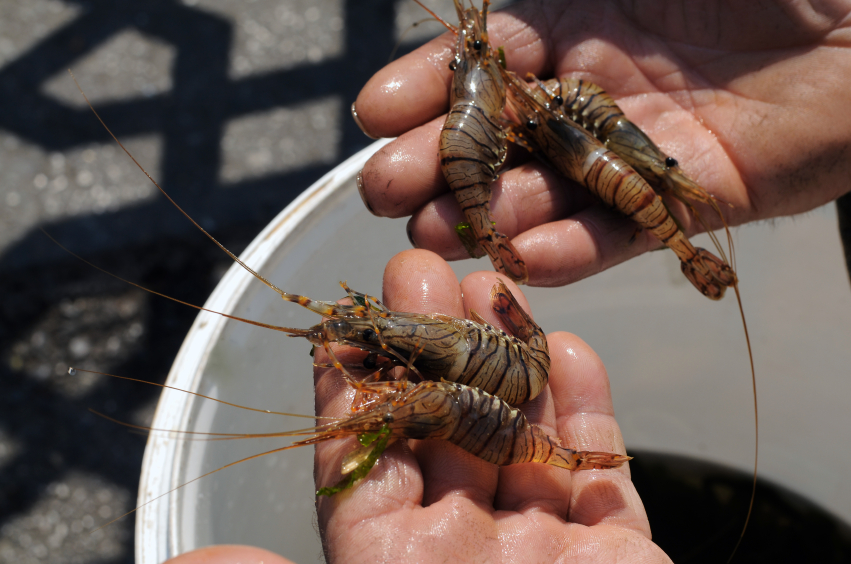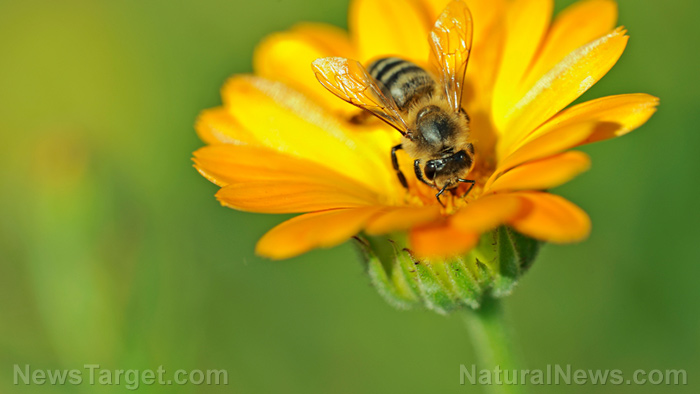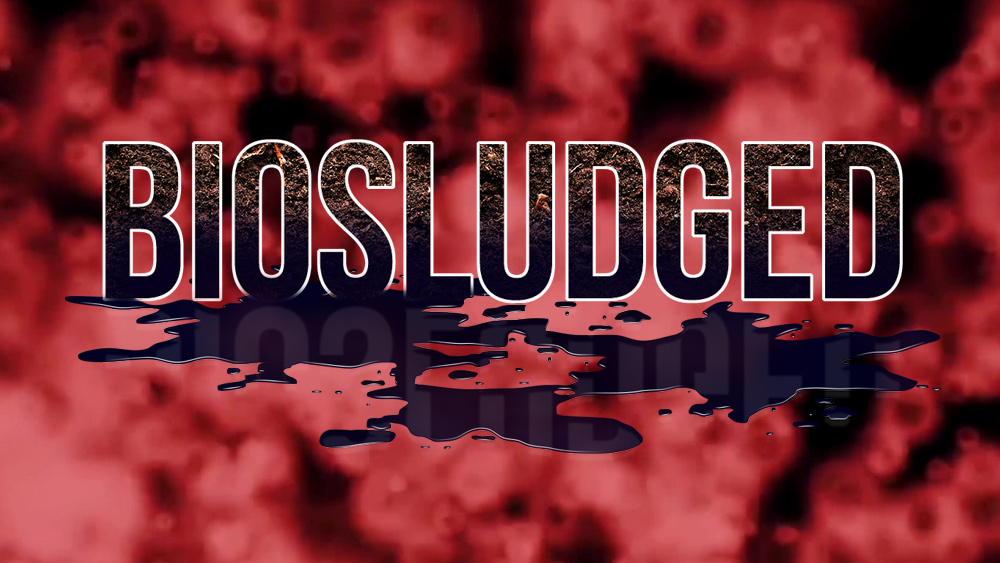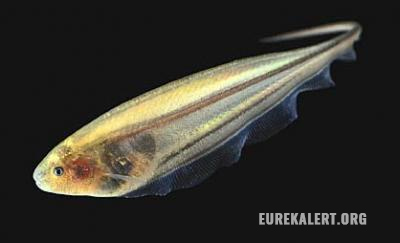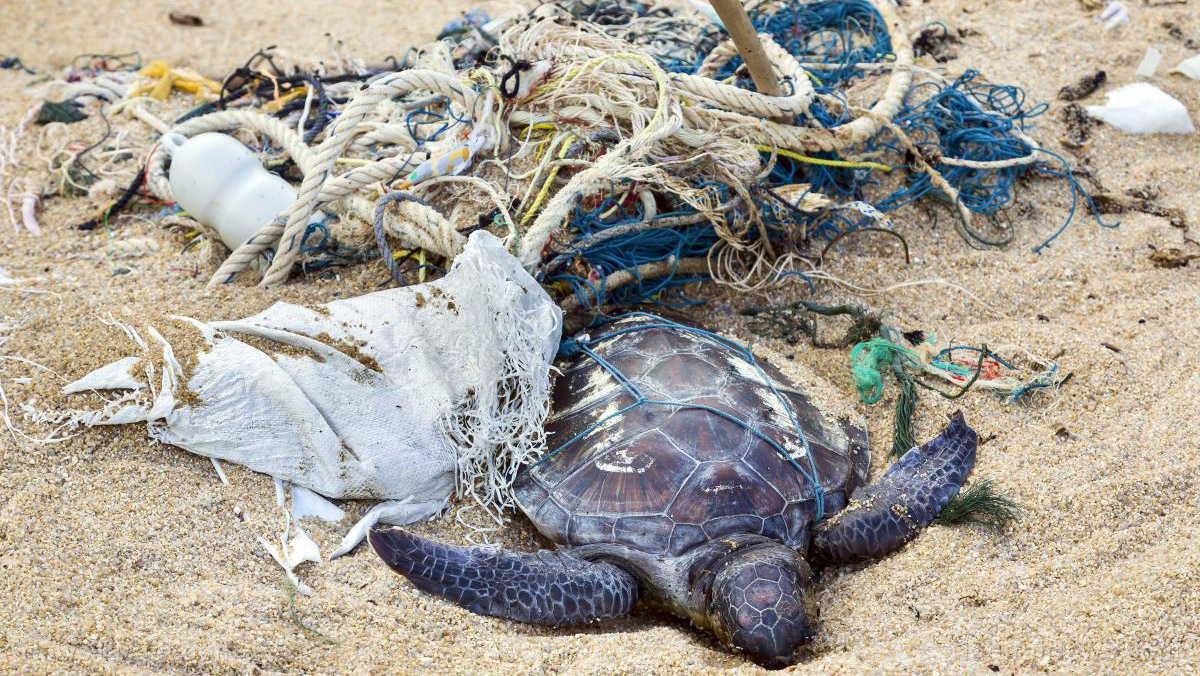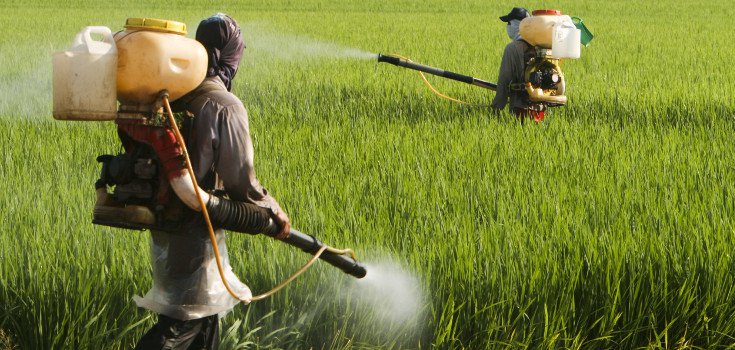Highly resistant diseases are wiping out the world’s amphibians: Massive die-off of frogs is leaving a gaping hole in the food chain
03/27/2019 / By Jhoanna Robinson

A new study has recently called attention to the prevalence of an infectious disease that has been killing off scores of amphibian life in the United States.
According to a recent study conducted by the United States Geological Survey (USGS) which was published in Nature, of the 247 frog die-offs in 43 states between the years 1999 and 2015, 21 major mortality events had been caused by severe Perkinsea infections (SPI) in a total of 10 states.
In a statement that was released on Tuesday, September 19, the USGS said that the loss of habitat and chemical pollution, among other problems, are instigating the death of amphibians all over the world. Now they are dying because of diseases, making amphibians, such as frogs and salamanders, the most endangered groups of animals on the planet.
“Amphibians such as frogs are valuable because they serve as pest control by eating insects like mosquitoes, and they are food for larger predators. They’re also exceptional indicators of ecosystem health. Like the proverbial canary in a coal mine, amphibians let us know when something in our environment is going awry,” lead author, University of Wisconsin-Madison post-doctoral fellow, and USGS scientist Marcos Isidoro Ayza said.
Most of the SPI occurences happened in states bordering the Atlantic Ocean and Gulf of Mexico, also in Minnesota, Alaska, and Oregon.
“This study indicates that SPI is an additional disease that can further threaten vulnerable frog populations,” USGS National Wildlife Health Center director Jonathan Sleeman added.
The SPI-causing protist, which is known as Perkinsea, has a high resistance against disinfection agents such as common bleach, thereby making it difficult to stop the spread of Perkinsea and allowing it to occur at several locations.
The major killers of frogs worldwide are two diseases – chytridiomycosis and ranavirus infection. With this new study, SPI is emerging to be the third biggest killers of amphibians.
“SPI in frogs may be underdiagnosed because it is not a disease for which they are typically screened. Incorporating routine screening of critical habits for infected frogs is crucial to help understand the distribution of this destructive disease,” Ayza said.
SPI gets rid of tadpoles by causing multi-organ failure in them. It is unclear whether SPI can affect humans or pets. (Related: Common herbicide used on U.S. crops castrates male frogs.)
Initiatives to use “green” herbicides
The town of Naperville, Illinois, in a bid to become more environment-friendly, is taking steps to ensure that it will only use herbicides that are categorically safe for use — meaning they do not necessarily have adverse effects to humans, animals, and the environment — in their almost 140 parks.
Naperville park district executive director Ray McGury, in a press release that he issued on Thursday, September 21, said there will be a two-year pilot program that will entail the maintenance of eight city parks via “non-synthetic or organic products”, after conducting a three-month review of the town’s park maintenance processes.
“[We have] been on the radar on the [district] for quite awhile now,” he said, noting that one city park has been, in fact, maintained for 13 years now using non-synthetic herbicides, and that this method will be carried over to seven additional parks, with the target of incorporating all the city parks into the program by 2020.
Naperville put on temporary moratorium the use of Roundup weed killers — also called glyphosate, which has been St. Louis, Missouri-based agrochemical company Monsanto’s last commercially relevant patented product — in June. Alternatives to this crop dessicant include Finalsan Herbicidal Soap, which has ammoniated fatty acids that readily disintegrates in the soil; Phydura, a broad-spectrum herbicide that contains clove oil and vinegar; and Scythe, a weed killer that has pelargonic acid, a naturally occurring biochemical.
These herbicides are in competition with Monsanto’s flagship product, with Scythe fetching $80 a gallon while Roundup’s market price is $110 a gallon.
Sources include:
Tagged Under: amphibians, animals, biodiversity, Ecology, Endangered species, environment, extinction, frogs, herbicides, Perkinsea, science, toxic chemicals, wildlife, wildlife conservation






